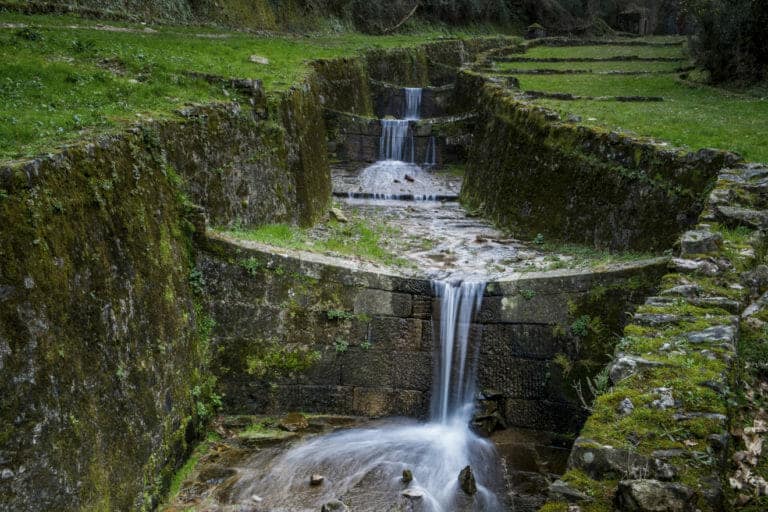Early settlements and towns were always built near a source of water. Without water humans cannot live. Accordingly, the California drought has brought on threats of limited water available to grow crops and meet the demands of our thirsty state.
Contrary to history, which originally had water as the impetus in choosing a final location for human civilizations to settle, modernized infrastructure has changed all of that.
How does the history of drinking water lead us to the tap water that we use on a daily basis for drinking, bathing, washing dishes and brushing our teeth? Historically, humans have relied on a safe drinking water and sanitation for survival. In the early Neolithic period, also referred to as the Stone Age, wells were dug and used to capture water-using containers. In India, the Indus Valley Civilization created complex sewage and drainage systems.
As civilizations became more sophisticated, they created systems to deliver water to towns. The Indus Valley Civilization had an intricate sewage system, which included public and private baths, and toilets that would drain waste into an underground sewer system. The ancient Greeks are often coined as having created the first advanced water delivery and wastewater collection and […]
Full article: History of Drinking Water
About privatization and public water in the private sector:
Baltimore Is A Water Justice Leader
Watergrabbing – A Story of Water
How a private water company brought lead to Pittsburgh’s taps
The water industry should be taken into public ownership
How Privatizing Water Systems Costs Taxpayers — & Endangers Them

